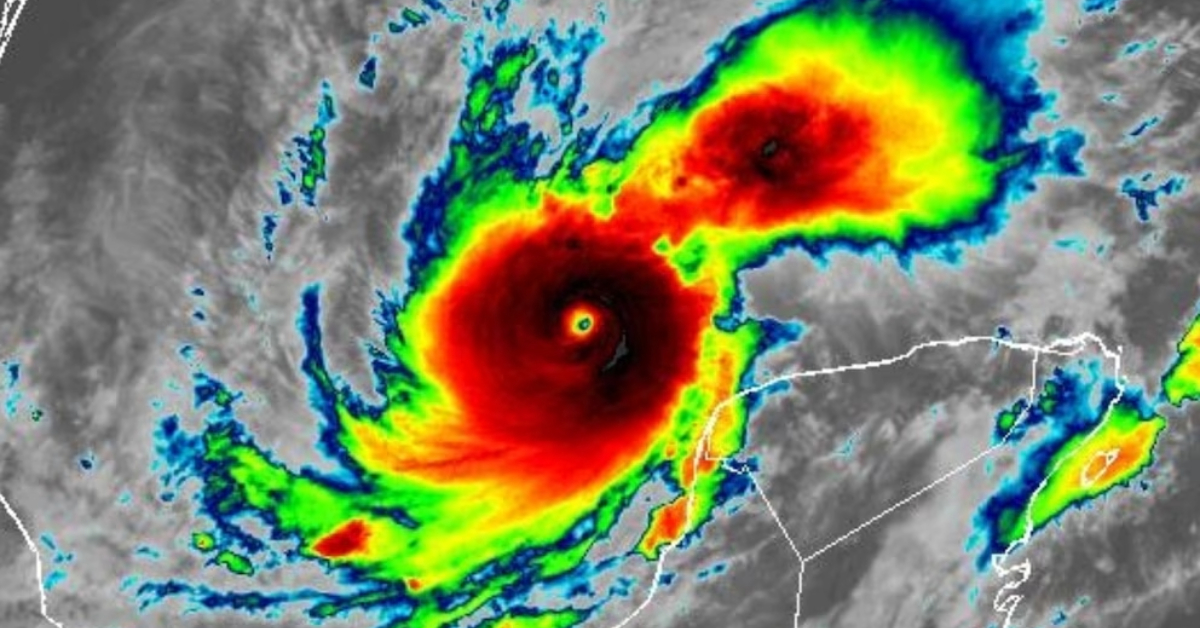Puerto Vallarta, Mexico – The 2025 Pacific hurricane season officially opens on May 15 and will continue through November 30 in the Eastern Pacific basin, with the Central Pacific season running from June 1 to November 30. Routine Tropical Weather Outlooks east of 140° W by the National Hurricane Center will resume on May 15, while the Central Pacific Hurricane Center will begin issuing routine outlooks on June 1, aligning with the conventional season dates that historically encompass the majority of tropical cyclone formation in these regions.
Forecasters and emergency managers along Mexico’s Pacific coast and in Pacific island territories should prepare for a season that, on average, produces 15 named storms, 8 hurricanes, and 4 major hurricanes based on climatology from 1991 to 2020. During that 30-year period, the Eastern Pacific averaged 15.4 tropical storms, 8.3 hurricanes, and 4.2 major hurricanes (Category 3 or higher). While official seasonal forecasts from the U.S. Climate Prediction Center (CPC) and Mexico’s Servicio Meteorológico Nacional (SMN) are typically released in late May, coastal communities can use these historical averages as an early planning benchmark.
Several key environmental factors will shape this year’s activity. Sea surface temperatures (SSTs) across the Eastern Pacific remain above their long-term average, providing ample heat energy to fuel tropical development. Meanwhile, the El Niño–Southern Oscillation (ENSO) has transitioned to a neutral phase, with both oceanic and atmospheric indicators pointing toward neither a robust El Niño nor La Niña. The Climate Prediction Center’s April diagnostics highlight ENSO-neutral conditions favored through the Northern Hemisphere summer, with more than a 50 percent chance of neutral remaining through August–October 2025. Neutral ENSO typically removes the strong vertical wind shear suppression associated with El Niño, which in the Pacific can dampen storm formation, but it also avoids the dry, stable conditions La Niña sometimes brings.
Seasonal outlooks from private forecasting firms and government agencies will refine these early indicators. For instance, in the 2024 forecast cycle, SMN’s May 6 outlook projected 15–18 named storms, 7–9 hurricanes, and 3–4 major hurricanes, while NOAA’s May 23 outlook called for a slightly below-normal season with 11–17 named storms, 4–9 hurricanes, and 1–4 major hurricanes. Similar ranges are expected when the 2025 forecasts are issued, likely reflecting the current ENSO-neutral state and continuing trends in Pacific SSTs.
Communities should also take note of the sequence of storm names assigned by the National Hurricane Center. The first named storm in the Eastern Pacific will be Alvin, followed by Barbara, Cosme, Dalila, and subsequent names through the season. For the Central Pacific, which uses its own rotating list of names, the first in 2025 will be Lala, followed by Moke, Neki, and so on.
Historical context underscores the importance of preparedness. The Eastern Pacific basin has produced seasons ranging from as few as eight named storms (2010) to as many as 27 (1992), with major hurricanes also varying from none to 11 in a single season. While individual storm paths and intensities cannot be forecast months in advance, the overall seasonal risk reinforces the need for robust emergency plans, clear evacuation protocols, and public awareness campaigns well before the first hurricane forms.
Mariners, coastal infrastructure operators, and tourism businesses should verify their hurricane-preparedness measures now—stocks of emergency supplies, structural reinforcements, and crisis-communication strategies are most effective when arranged ahead of any impending threats. Ports and shipping interests should monitor forthcoming Tropical Weather Outlooks beginning May 15, taking into account that special outlooks may be issued anytime conditions warrant during the off-season.
Finally, ongoing climate trends may be gradually altering traditional cyclone patterns. Warmer global oceans and heightened atmospheric moisture content can amplify storm intensity and rainfall potential even in average seasons. While ENSO-neutral conditions typically signal neutrality in wind shear influences, anomalous SST spikes linked to climate change could still energize particularly strong systems.
As the clock ticks down to the official start of the 2025 Pacific hurricane season, continuous monitoring of forecasts—especially those released by the National Hurricane Center, Central Pacific Hurricane Center, Climate Prediction Center, and SMN—will provide the clearest early-season guidance. Residents and officials across the Pacific rim are advised to finalize all preparations and stay tuned to trusted meteorological updates from May 15 onward.
Puerto Vallarta, Mexico - The 2025 Pacific hurricane season officially opens on May 15 and will continue through November 30 in the Eastern Pacific basin, with the Central Pacific season running from June 1 to November 30. Routine Tropical Weather Outlooks east of 140° W by the National Hurricane Center will resume on May 15, while the Central Pacific Hurricane Center will begin issuing routine outlooks on June 1, aligning with the conventional season dates that historically encompass the majority of tropical cyclone formation in these regions.











